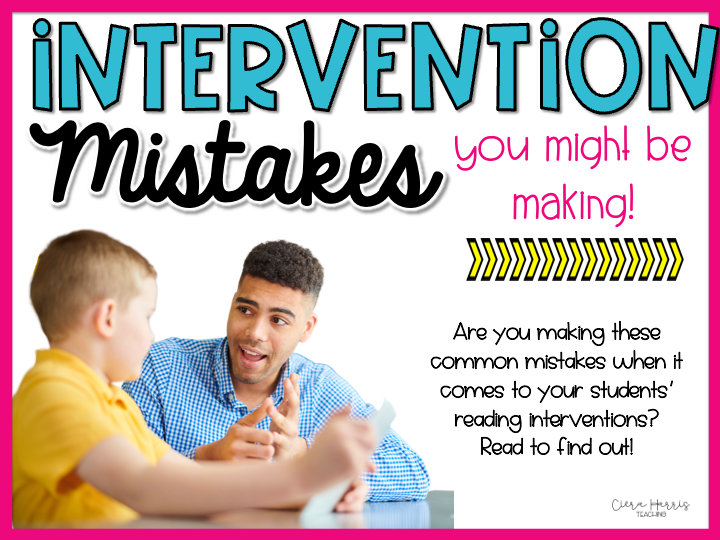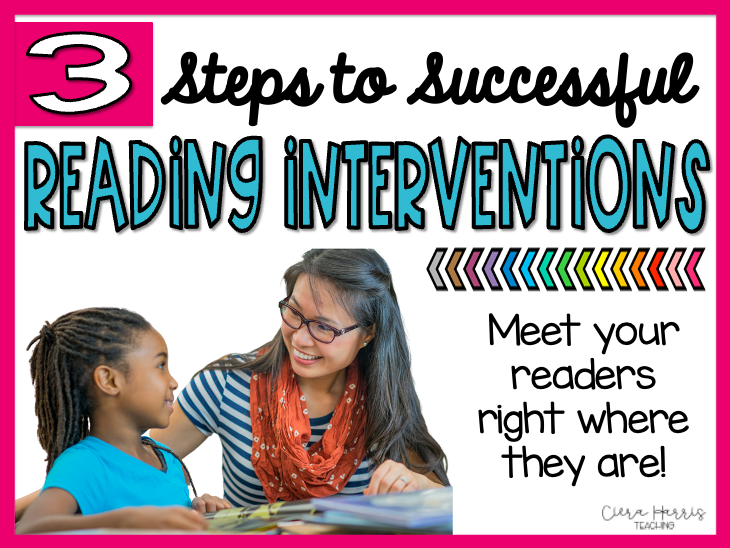Isn’t it always amazing to stand back and look at all the students smiling as they learn? One of the best parts of being an educator is how creative teachers can be when planning lessons and managing their classrooms. While working with students is fantastic, behind the scenes can be so stressful. For instance, there are so many different reading opinions and theories to consider when making decisions for your classroom. While no one likes criticism, it is vital to stand your ground on what works best for your students. So, let’s dive into a few unpopular reading opinions!
Want to watch the video instead? Check it out below! Make sure to subscribe to get updates on all new content!
#1: Lexile Levels are Pointless
Now, you may want to leave my page after reading this unpopular reading opinion. However, just hear me out!
Whenever selecting books for your classroom, do you look up the Lexile level to see the appropriateness for your students? Or, do you use qualitative measures, such as content, themes, and maturity level? If we aren’t looking at the right aspects, then the wrong books might get into the hands of students.
When considering these aspects of selecting books, it is essential to understand that Lexile measures do NOT measure age appropriateness. They also do not measure the book quality, the book’s themes, or other book characteristics. Let’s look at a few examples to prove why Lexile levels underestimate the complexity of fiction.
The Grapes of Wrath Exile by John Steinbeck is a rather simple read. The Lexile level is 680, which would be appropriate for a 4th or 5th-grade student. However, this book is actually taught in 12th grade due to the themes and language. The War that Saves my Life by Kimberly Brubaker Bradley has a Lexile of 580, which means it would be a book for a 2nd or 3rd-grade student. However, the historical fiction novel is 316 pages long and raises difficult issues of abuse and war. It is from the viewpoint of a child with physical disabilities being sent from London to the countryside during WWII. Yes, a few third graders who are strong and mature readers may read the book, but it is clearly most appropriate for students in grades four or five.
The Lexile level measures quantifiable aspects, such as sentence length, word count, and word repetition. Due to this, nonfiction Lexile levels are typically higher than the difficulty because of longer sentences and less unfamiliar words. Ultimately, Lexile levels do NOT measure age appropriateness for different age groups. You know your students and the themes and content best for them. Do NOT solely rely on a Lexile number.
For more guidance, check out Text Complexity and What It All Really Means. This article provides helpful information on measures to consider when selecting books!
#2: Reading Stamina Isn’t a Thing
Are you tired of tracking countless data measures on your students? Would you rather spend time building relationships and lessons best for students? Now, I understand that all teachers have to track data. However, data does not need monitoring over every single aspect! One of these includes spending weeks on end at the start of the school year tracking reading stamina.
Reading stamina is not a thing if students have the right book in their hands. For instance, if students have a book they do not like, they will struggle. Now, this struggle will not be due to the reading level. It will be because they are not interested in the book and do not want to sit and read! If you pick out a new book and do not like it, do you want to keep reading? Most likely not! This is the same for students.
We need to spend more time book matching with our students to ensure they have a book they are interested in. Reading stamina will soar with investment in the book! They just need a book that interests their curiosity.
Be sure to check out Perfecting Independent Reading to ensure students see the power of reading.
#3: Centers are Overrated
There’s a common phrase amongst teachers… Work Smarter Not Harder. This is needed to avoid taking hours of work home and constantly feeling stressed by a to-do list. At the end of the day, your students want a happy teacher who enjoys being in the classroom. Your excitement can naturally build in more engagement from students!
When thinking about centers, they require tons of planning and the technique you use depends on your stance on different reading opinions. For example, you may have 4 different centers within 40 minutes. This means you have to plan 4 completely different activities for this short time period. Instead, allow students to work in small groups on the same activities you would use in centers. Each group can work on the activities at the same time. Then, you can answer questions as they arise with everyone or with a small group who needs extra help. Honestly, this is one of my favorite ways to address any misconceptions! Students receive the support they need versus giving them a set amount of time. When keeping students at the heart of your lessons, they will enjoy your room’s learning and educational process!
#4: Differentiation can be Damaging
Yes, there is a thing as too much differentiation! Teachers are going to the extreme to personalize the education of students. Now, this sounds wonderful on paper. It is great to meet students where they’re at. However, it has come to a point where we are teaching based on need versus grade-level content at the same time. Grade level content, or tier 1 instruction, needs to be taught to ALL students! Now, students who struggle can receive tier 1 and tier 2 instruction simultaneously. This will help meet needs and teach new content. Otherwise, students will continuously miss new content!
These 10 Minute Reading and Math Interventions are quick and easy ways to help students achieve their goals!
#5: Whole Group Instruction Needs to Happen
Some may say whole-class instruction should not happen. However, it needs to! It also needs to occur for longer than 10-15 minutes. For example, if you start with a model and then work together as a class, it will take a good amount of time! Students can even work with partners with the whole class working on the same activity. This very well may take 20 minutes, and I promise you that students will be engaged! If you do the instruction right, students will be active in their learning process.
After considering these unpopular reading opinions or watching Facebook Live for information, you may want to throw tomatoes at me. I’m sure I rocked some boats with these reading opinions. However, it is important to remember that everyone has a different opinion. When making your decisions on how to teach instruction, just be sure to keep students at the heart of lessons. With your excitement and willingness to help students, they will be excited to learn.
If you do not want to miss any of the upcoming lessons, join my email list to be notified of all the interactive lessons coming up! By joining the email list, you will also receive freebies for blog exclusive subscribers!








